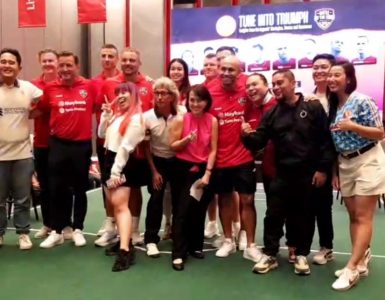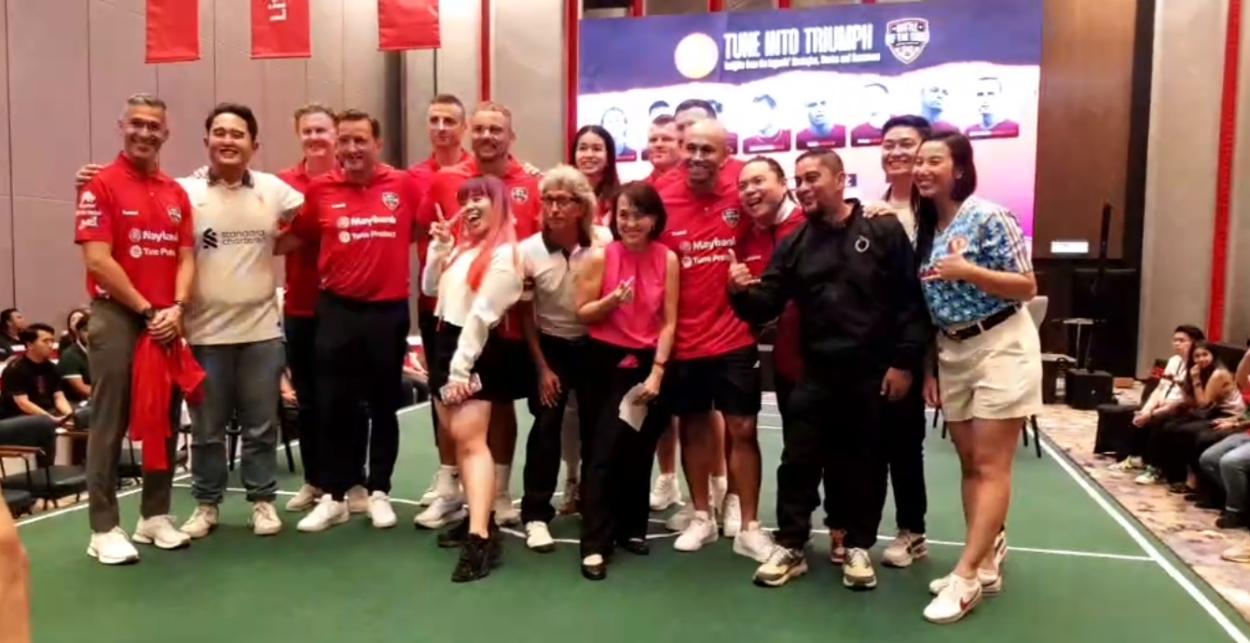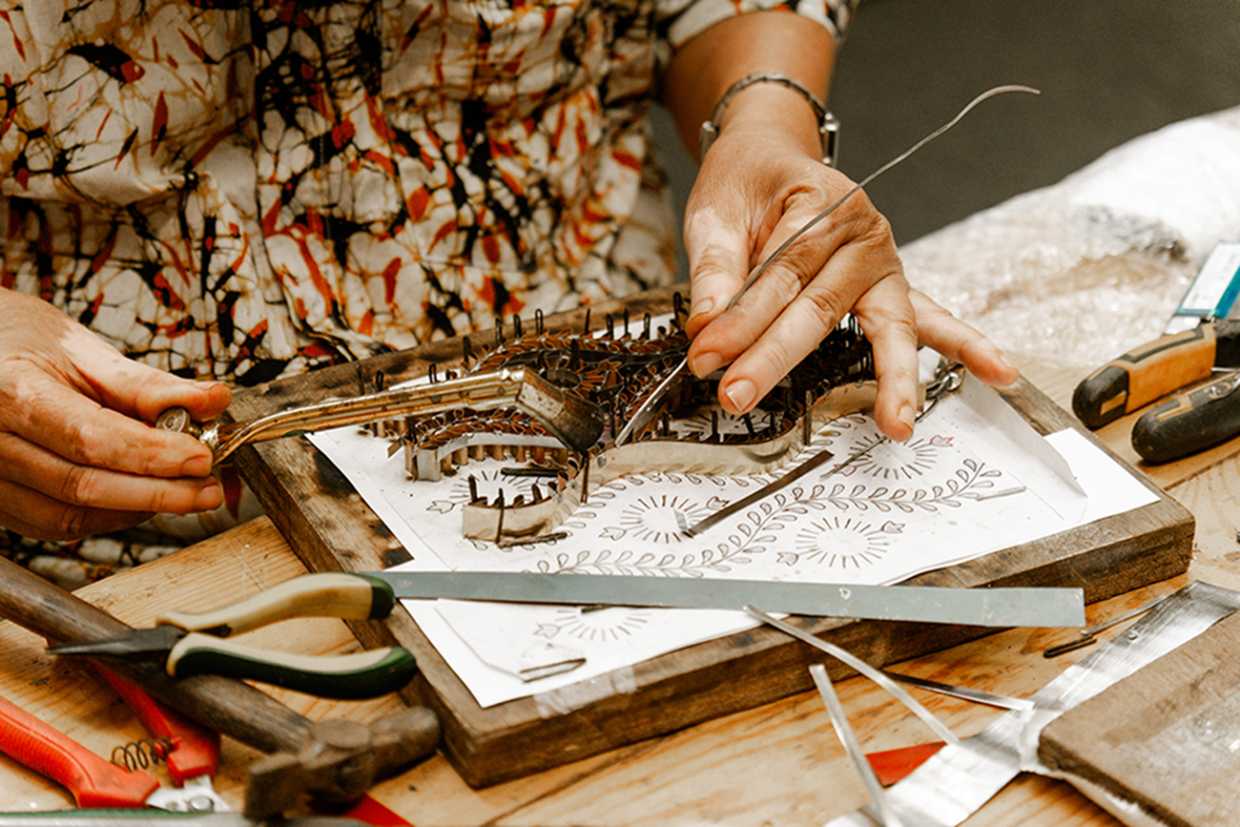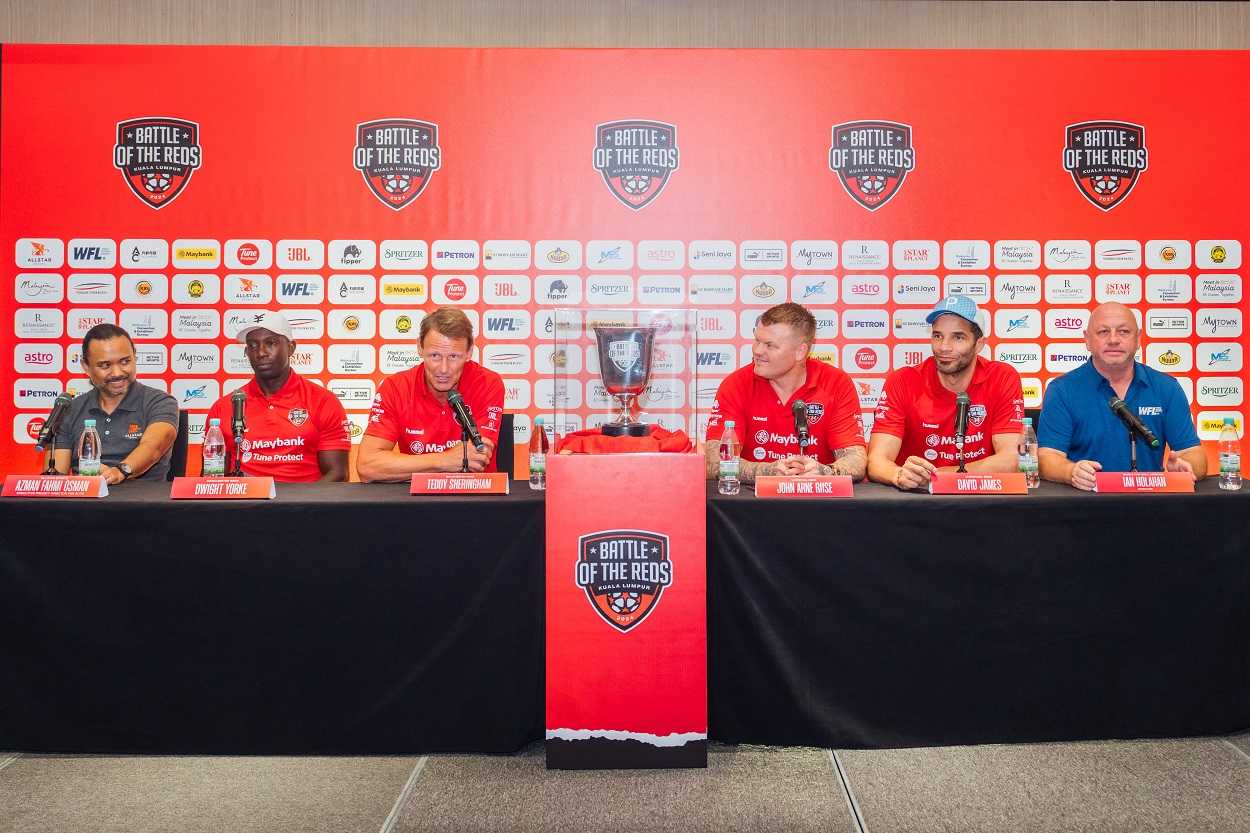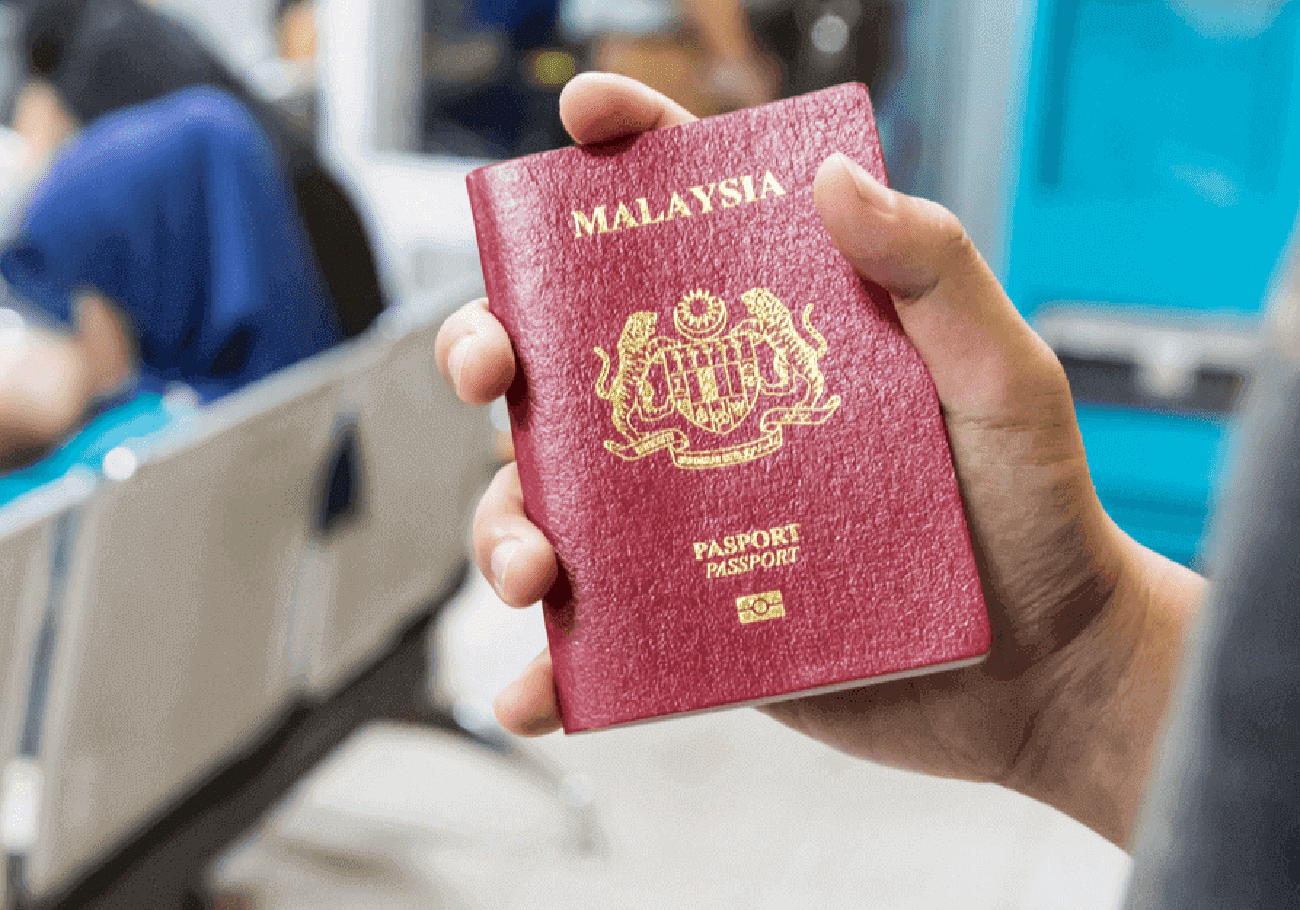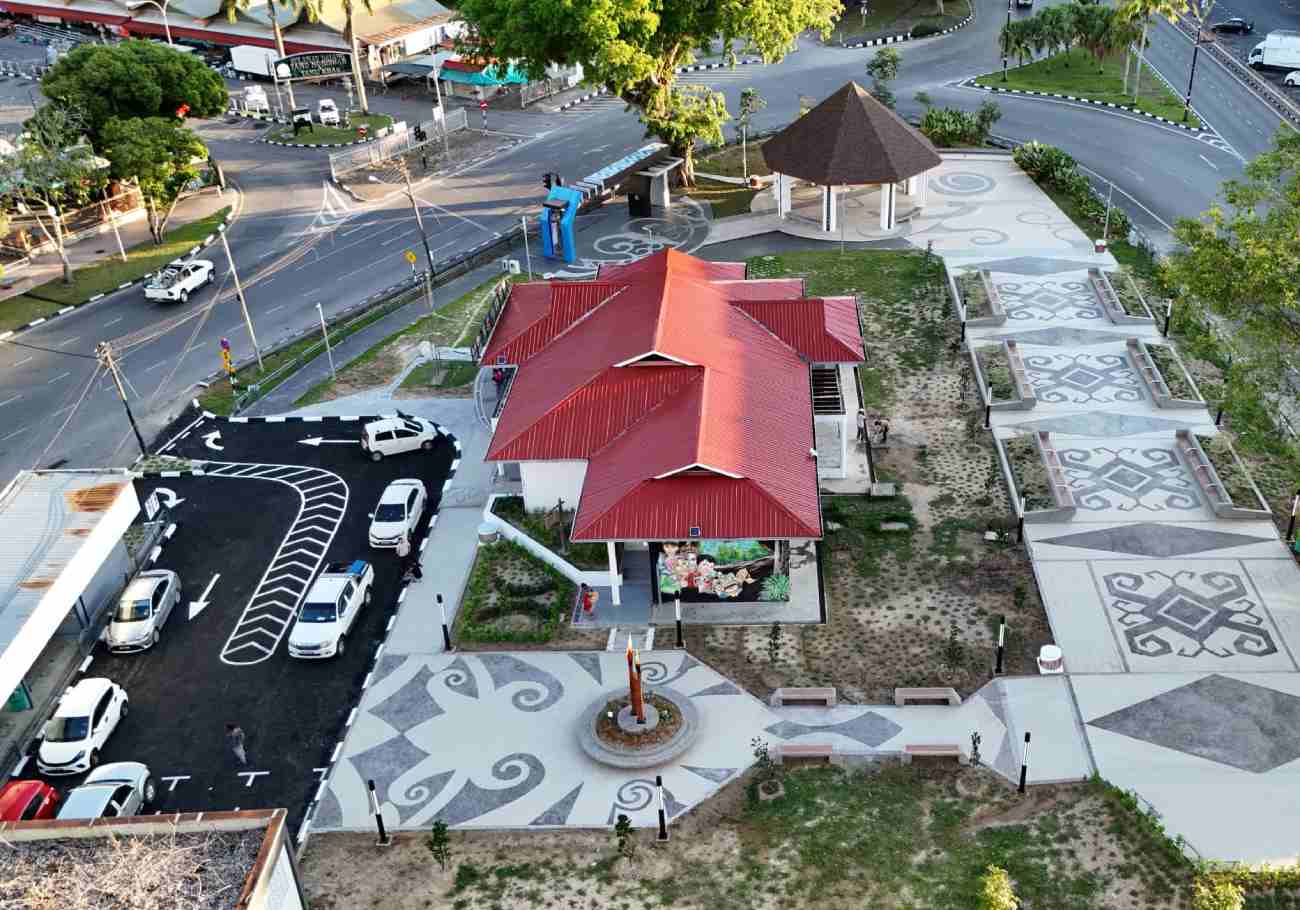
Sabah is the second-largest state among Malaysia’s thirteen states.
The state sits on the northern-most part of Borneo. The South China Sea, the Sulu Sea, and the Celebes Sea surround the coastline.
The population of Sabah is heterogeneous and culturally diverse, with more than 30 different ethnic races and over 80 local dialects spoken.
The largest indigenous ethnic group is Kadazan-Dusun, Bajau, Murut and Rungus.
Many ethnic groups share a similar oral history, languages and traditions.
The Kadazandusun
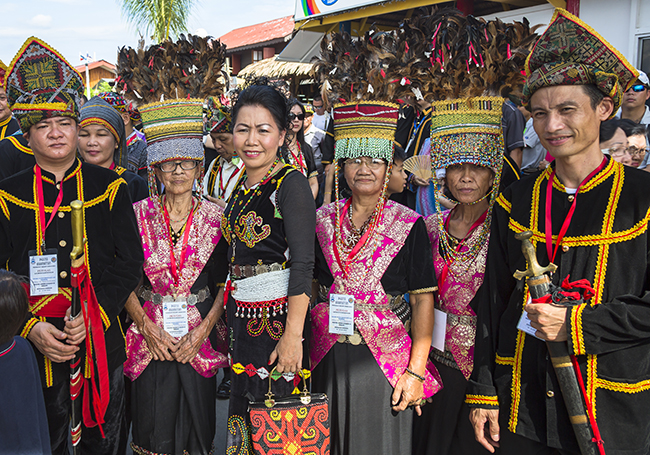
The Kadazandusun primarily consists of the Kadazan and Dusun tribes and its 40 sub-groups. They are the largest ethnic in Sabah.
Their language is a part of the Dusunic family. They adhere to a variety of traditional animistic beliefs and customs.
The Kadazan-Dusun believe that Nunuk Ragang is their ancestor. They believe everything is alive, including rivers, rocks, and trees.
This conviction is the foundation for their way of life and rituals that preserve the harmony, balance, and order between humans and the natural world.
Many live in urban areas and are prominent civil servants and professionals.
The Bajau
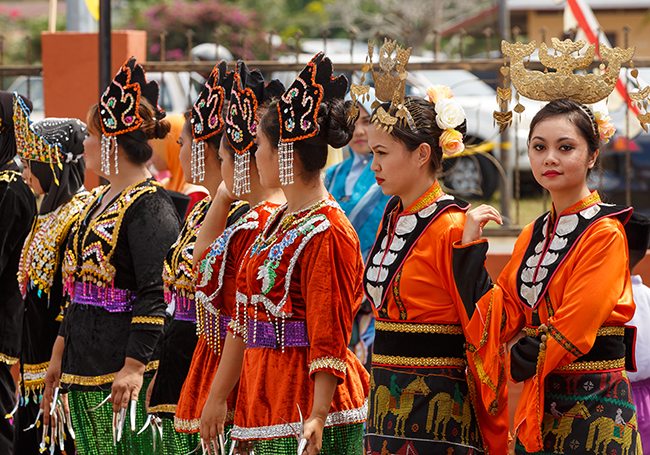
The Bajau people are the second-largest indigenous group in Sabah.
They live along the shore, particularly between Kota Kinabalu and Kota Belud and in the vicinity of Semporna.
Because of their expert horsemanship, those on the west coast are referred to as the “Cowboys of the East.”
Although many of the East Coast’s Bajau have moved inland, they are still primarily coastal inhabitants and fishermen.
The East Coast Bajau are renowned free divers who can stay underwater without oxygen tanks.
The Sabah Muruts
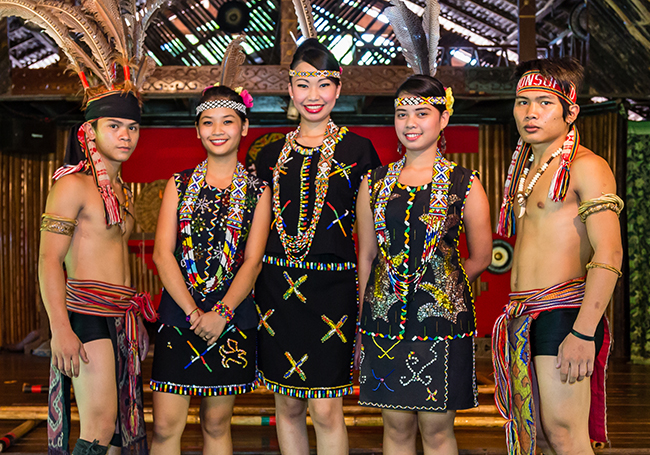
The Murut Tribe, which consists of 29 subethnic groupings, lives in Sabah’s northern inland areas.
The tribe’s name, “Murut,” means “hill people.”
Most Muruts reside in Tenom, Keningau, and Pensiangan, where they once predominately lived in longhouses.
Murut people have 15 languages and 21 dialects. Their primary language is Tanggal, which most of them speak in.
They are hunter-gatherers who traditionally dwell in longhouses by rivers and cultivate hill paddy.
Murut’s spiritual beliefs once centred heavily on collecting the skulls of enemies. They were the final ethnic group in Sabah to stop using headhunting.
The Rungus
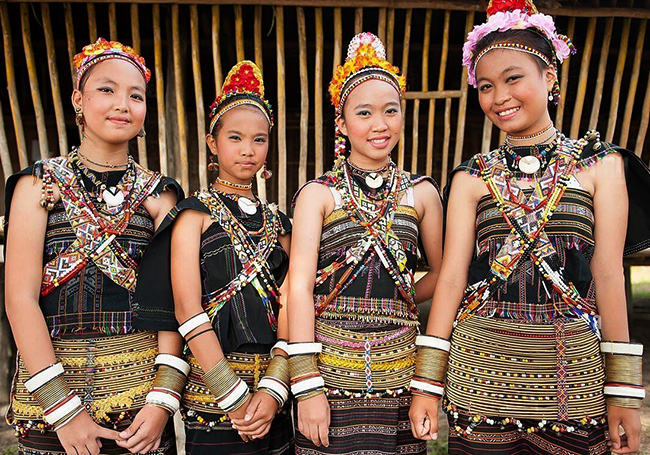
The Rungus people are a subgroup of the Dayak and have unique oral literature, attire, and architectural elements.
They live in the Kudat district and maintains their ancient traditions.
Their clothes showcase the beadworks for which they are renowned.
The traditional clothing worn by Rungus women is still made of cotton that has been produced and spun by hand.
Other ethnic in Sabah
Other indigenous people in the Sabah include Iranun, Bisaya, Tatana, Lun Dayeh, Suluk, Sino, Ida’an, Bugis, Kagayan, Tindal, Tobilungm Lobu, Bonggi, Tidong and many more.


